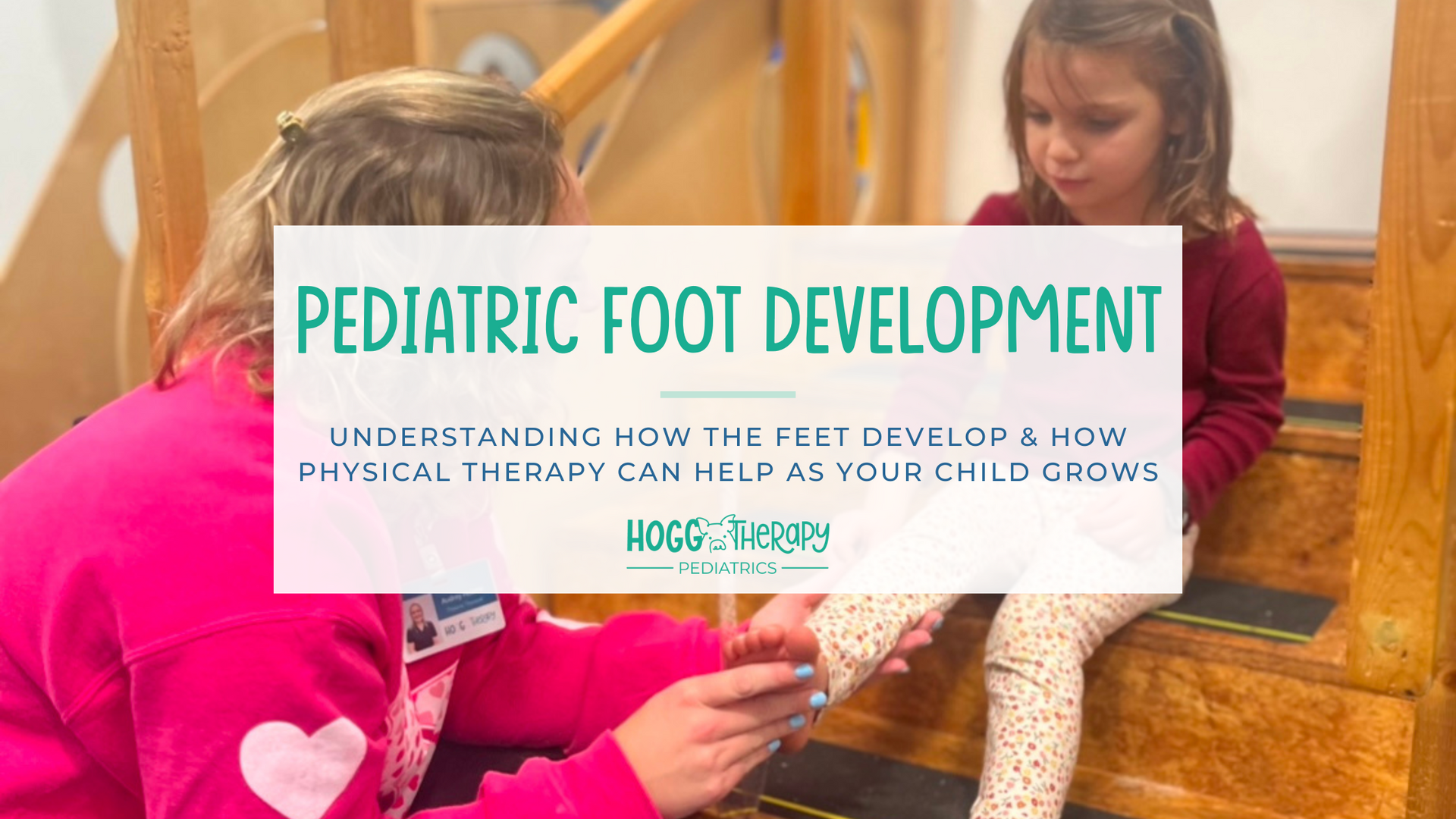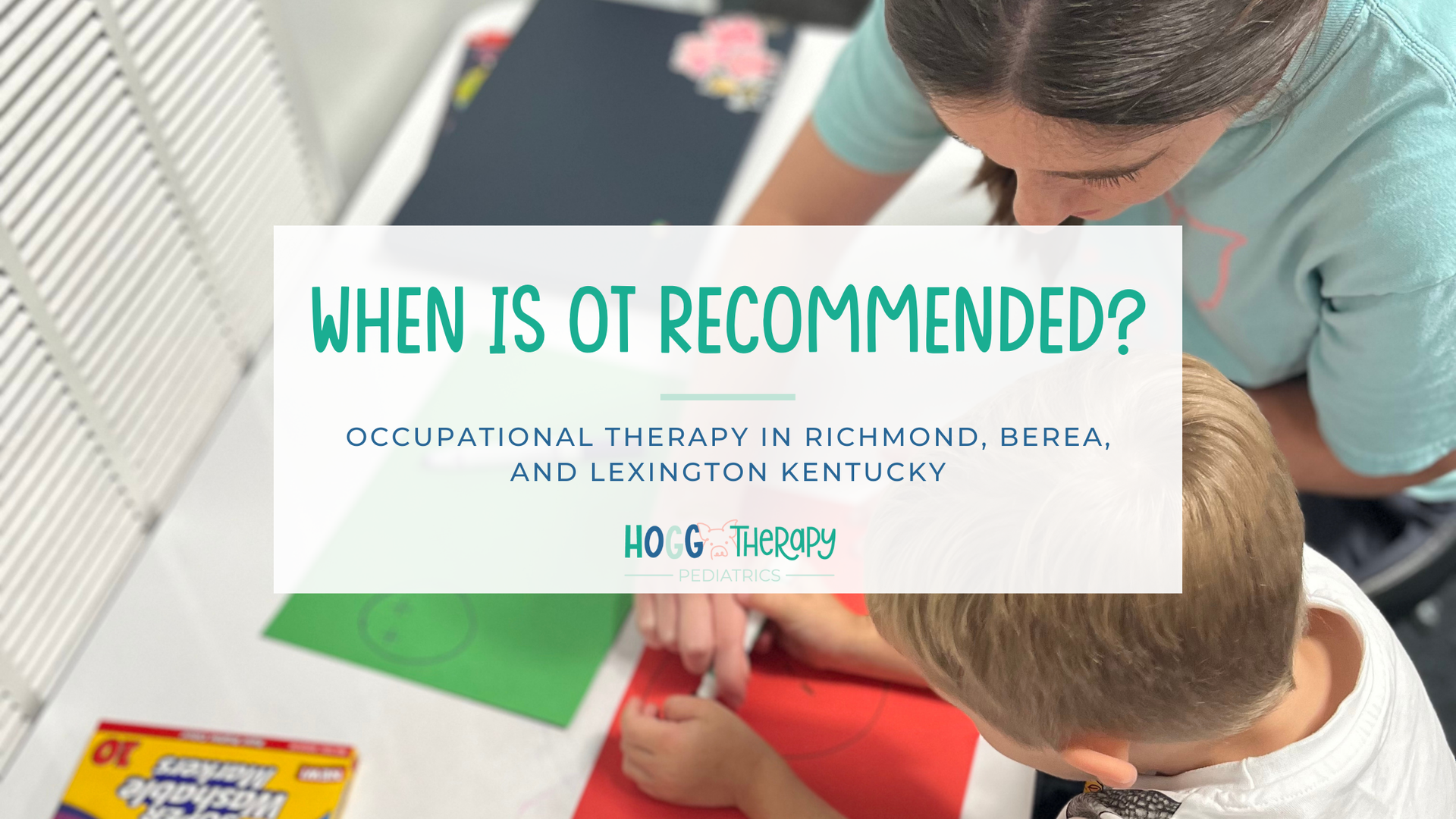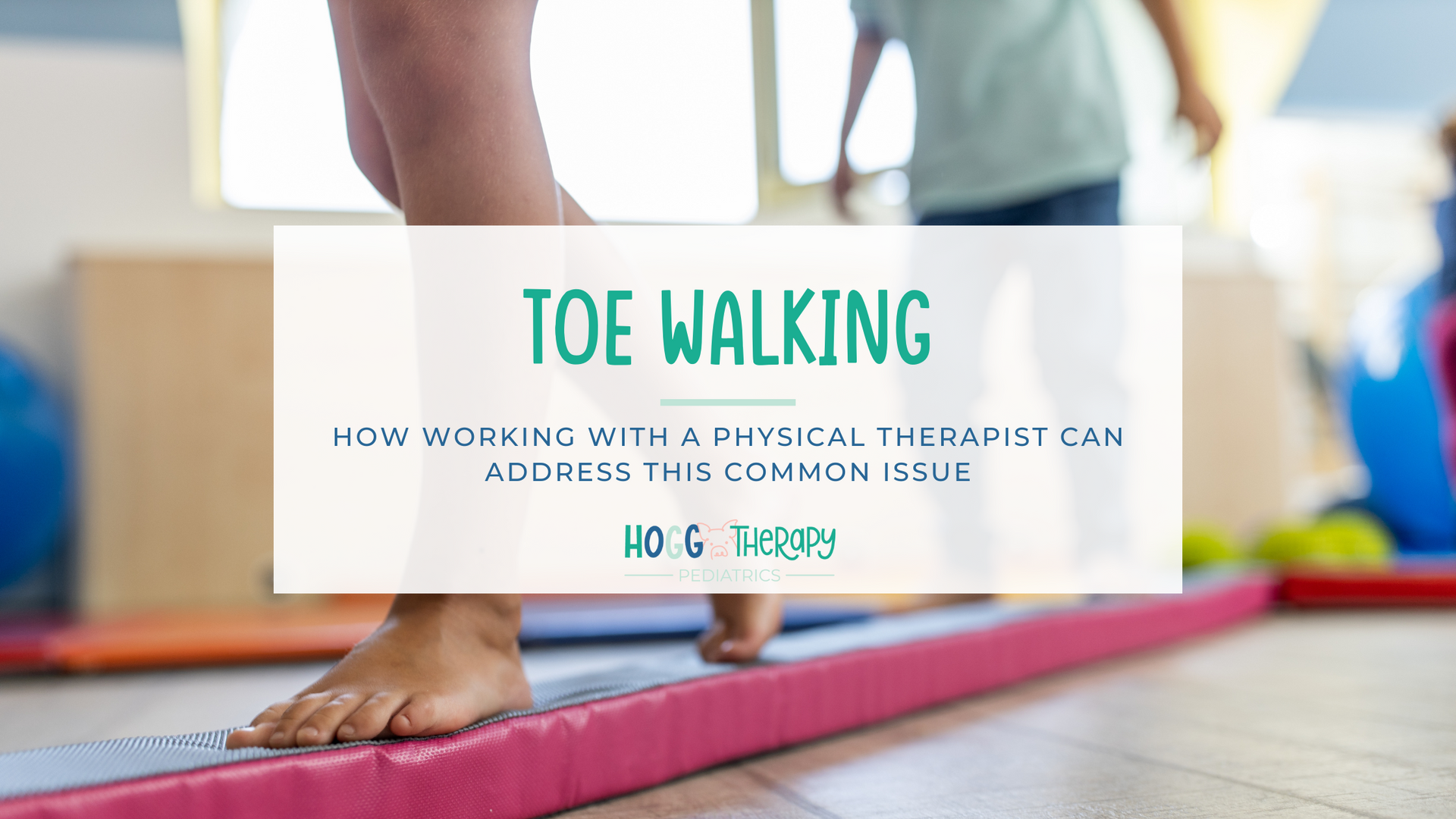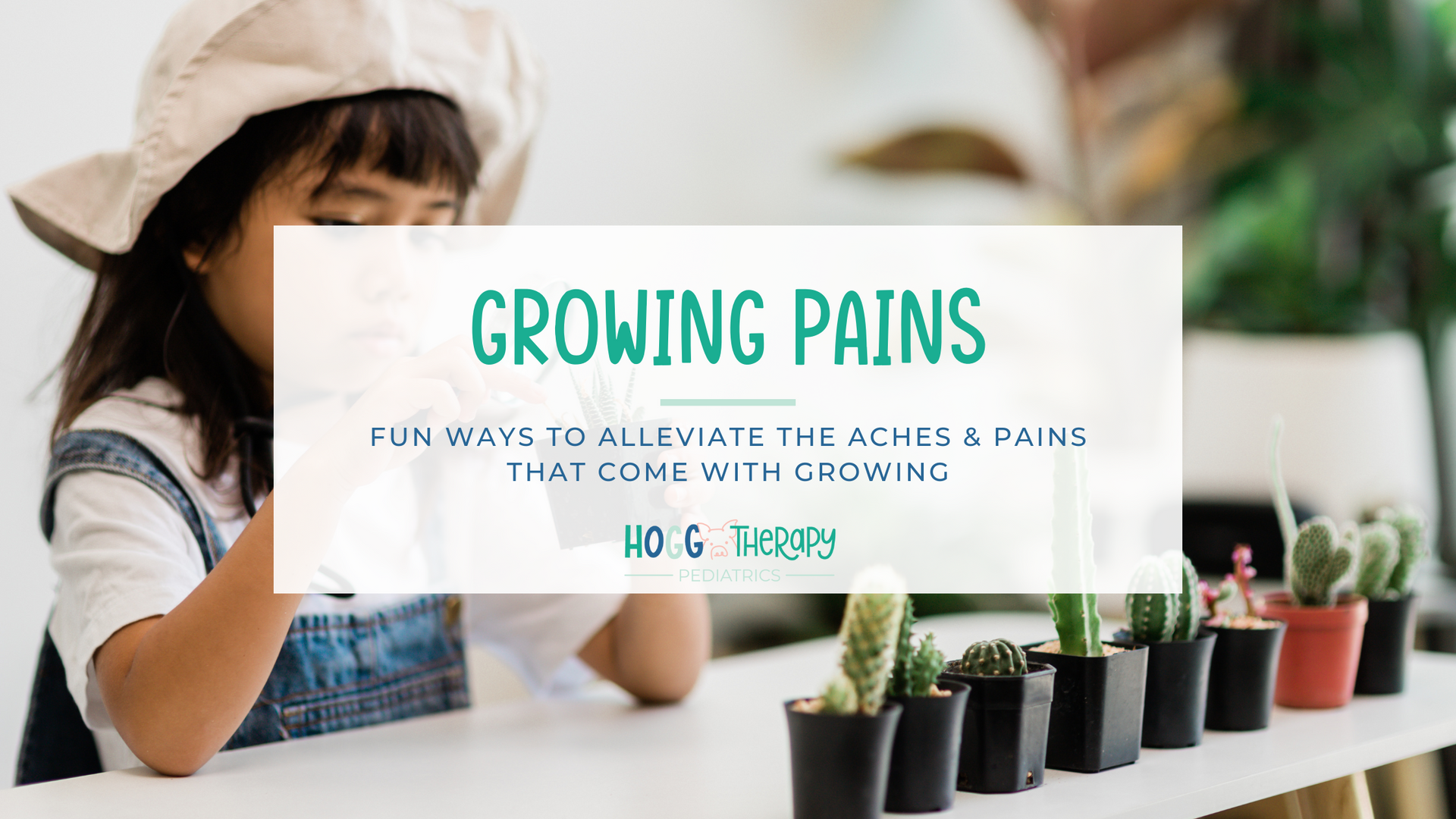Potty Tips: Toileting Tricks for Number Two
Liana Bucciarelli, MS, OTR/L, CPRCS
Potty training is a big change for kiddos! Some children have difficulty with the transition from going in a diaper to going on a potty, especially with going number two. Try these tips and tricks to help your little one make the transition!
Trip to the Doctor
The first step is visiting your child’s pediatrician to rule out any physical problems that may be making it difficult for your child to go to the bathroom. They are the only person who can do this so you must start here! Plus, it helps rule out if the cause is physical, sensory, or behavior related. If it’s a physical problem, the doctor may also be able to advise or prescribe medications or supplements to help the child go to the bathroom.
Teach
Teach the child your expectations. They will not go to the bathroom on the toilet if you do not tell or show them what to do. You can verbally tell them, read a book about it, or watch a children’s video.
Try using a visual schedule and posting it in the bathroom or somewhere within access to the child. Visual schedules remind the child the steps for going to the bathroom if they forget and pictures are more easily understood by children.
Use a consistent schedule for going to the bathroom. Bring the child to the bathroom each morning, twenty minutes following meals, and before bed.
Diet & Exercise
Eating a balanced, healthy diet will naturally stimulate the urge to go. Add some high fiber foods to your child’s diet if they are still struggling to go.
Not moving during the day = not helping! Make sure the child has plenty of time to play, run, climb, and jump around. Getting enough movement during the day will help relax muscles needed to go to the bathroom. Too much sedentary time will not create the urge to go naturally.
Behavior
Never shame the child for accidents—they are learning! Encourage all attempts the child makes to try to go on the toilet. It will motivate the child and reinforce what you are trying to teach them.
Use a reward system (sticker chart, toy, activity they enjoy, trip to the store, etc) for successful attempts and stick to it.
Some children may hold in poop because it provides them with additional proprioceptive input that their sensory system may need. To reverse this, make sure they are getting plenty of exercise and stimulation from their environment so they don’t feel the need to do this behavior. If your child engages in poop smearing, discourage it immediately. Instead, allow them to read or play with something on the toilet to keep their hands busy and stimulated.
Modify the Bathroom
If the child’s inability to go on the toilet is related to their sensory needs, adjustments may need to be made to the bathroom environment itself. Make sure there is something underneath the child’s feet to support their posture which prepares them to go. Stools or Squatty Pottys are good options because they provide support to the child’s feet which makes them feel comfortable and safe while keeping them in proper positioning. Some other ideas include:
-
Change your toilet seat to a soft cover if your child refuses to go due to the feeling of the hard, cold toilet seat.
-
Use soft toilet paper or Wet Wipes for children who do not like the way toilet paper or wiping feels.
-
Blow bubbles on the toilet to relax the necessary muscles for going to the bathroom.
-
Dim the lights or only put one on if the bright lights are intimidating to your child.
-
If your child is overwhelmed by the smell, spray something scented before going or apply body friendly essential oils to the child’s wrist. You can also have them choose a candle they like and you can light it in the bathroom before they go.
-
If your child needs silence to go, provide them with ear plugs to block out distractions.
-
Flush the toilet at the very end right before the child leaves if they are scared by the noise.
Practice Makes Perfect
Potty training will take time and will take consistent practice from both the child and parent. If you’re not consistent, you can’t expect them to be either. Understand occasional accidents will occur while your child is trying to learn. This is normal—don’t shame your child but instead remind them of expectations for next time. Don’t forget to celebrate any small victories during the process! Be sure to continue training and preparation during your child’s occupational therapy or ABA therapy sessions for carryover of learning. Once your child is comfortable going at home, it may take them time to get comfortable going at other places. Practice makes perfect!
If you have any questions or concerns about your child’s development, our therapists would love to help! Visit our website or give us a call at 859-353-3666.
Sources:















































































































